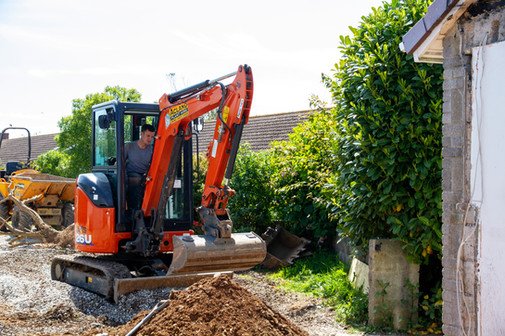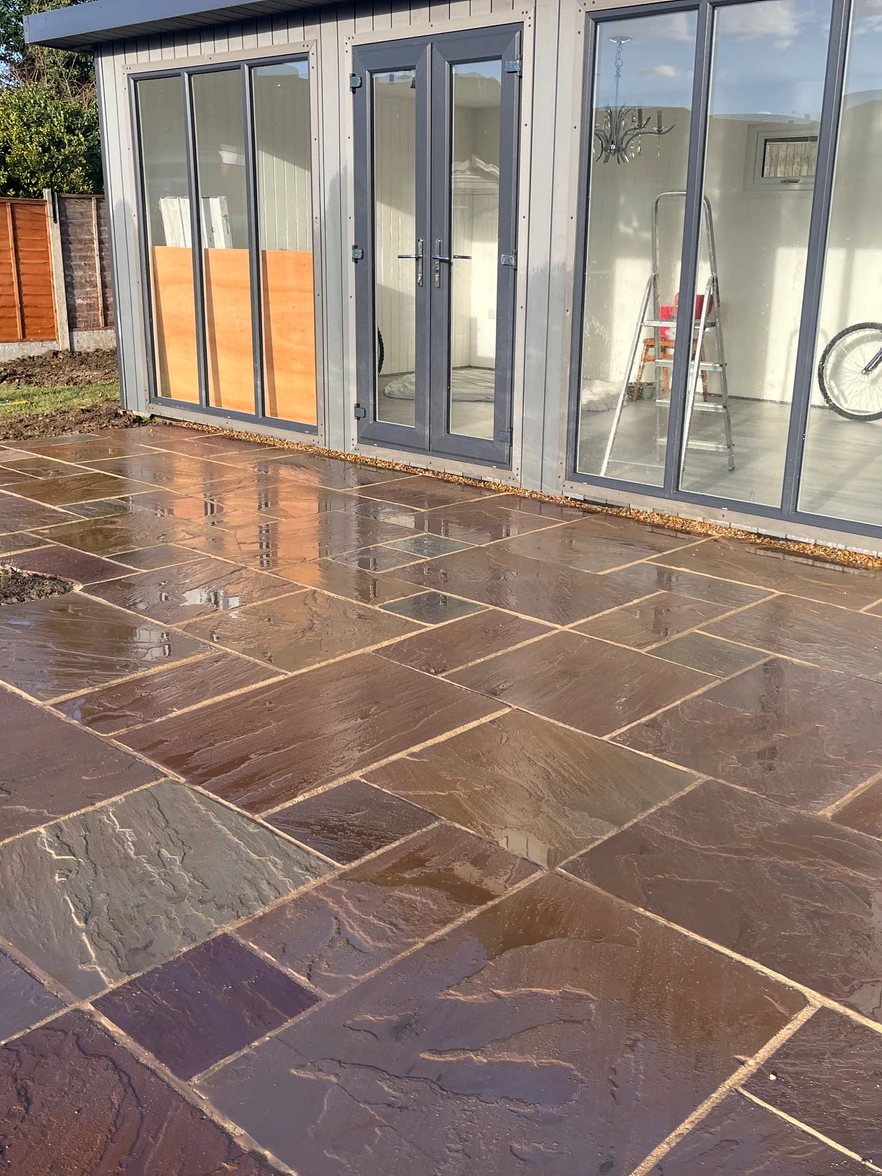Our Complete Guide To Garden Design: Small Garden Layout

Layouts for a Small Garden: Practical Tips for Maximising Space
Designing a small garden offers a unique opportunity to create a functional and stylish space that maximises every inch. With the right layout, even the tiniest garden can be transformed into an inviting area for relaxation, entertaining, or gardening. This guide provides practical tips and layout ideas to help you make the most of your small garden, ensuring it feels spacious, organised, and beautifully designed.
Assess Your Small Garden Space and Define Its Purpose
The first step in planning a small garden layout is to thoroughly assess the space you have. Measure the dimensions, note any existing features, and consider how the sunlight moves across your garden throughout the day. Understanding these factors will help you make informed decisions about where to place key elements like seating, plants, and pathways.
Define what you want to achieve with your small garden. Do you need a space for outdoor dining, a quiet retreat, or a spot to grow herbs and flowers? By setting clear goals, you can create a layout that prioritises the features that matter most to you, whether it’s a compact patio for entertaining or a green corner for growing plants.
Create Zones to Maximise Functionality
Creating distinct zones within your small garden can make the space feel more organised and purposeful. Use different materials such as decking, gravel, or paving stones to subtly separate areas like seating, planting, or play zones. This zoning approach adds structure to the layout without making the garden feel cramped.
For example, you might have a small decked area near the house for dining, a gravelled corner with a bench for relaxation, and a border planted with compact shrubs or flowers. Dividing your garden into specific zones helps maximise every part of the space, making your small garden feel larger and more dynamic.
Utilise Vertical Space for Small Garden Layouts
Vertical space is one of the most valuable assets in a small garden. Use walls, fences, and trellises to grow climbing plants, hang planters, or create green walls that add lushness without taking up ground space. Vertical gardening not only enhances the aesthetics of your small garden but also adds layers of greenery that draw the eye upwards, creating a sense of height and depth.
Consider installing trellises or wall-mounted planters to display flowers, herbs, or trailing plants. Vertical planting is ideal for adding interest, improving privacy, and making the most of limited space, turning even the smallest garden into a vibrant, green retreat.
Select Multi-Functional Features
In small gardens, every feature should work hard to earn its place. Multi-functional elements like seating with built-in storage, foldable tables, or planter boxes that double as space dividers can significantly enhance your garden’s usability without overcrowding it.
For example, a bench with hidden storage underneath can provide a place to sit and keep gardening tools neatly tucked away. Foldable furniture that can be stored easily when not in use helps maintain a clean, spacious feel in your small garden, allowing you to adapt the space as needed.
Incorporate Curves and Angles to Enhance Layouts
Introducing curves and diagonal lines into your small garden layout can create a sense of movement and make the space feel less confined. Curved pathways, rounded garden beds, and angled layouts lead the eye through the garden, making it appear larger and more inviting.
Rather than sticking to straight lines, experiment with flowing paths and softly curved edges that add fluidity and interest. These design techniques help soften the boundaries of your garden, breaking up the space in a way that feels organic and spacious.
Choose the Right Plants for a Small Garden
Selecting the right plants is crucial in a small garden layout. Opt for compact, slow-growing species that won’t overwhelm the space. Mix low-growing ground covers, medium-height perennials, and taller shrubs or climbers to create layers of interest without crowding the garden.
Prioritise plants that offer multiple seasons of appeal, such as evergreen shrubs, which provide year-round structure. Smaller varieties of popular plants, like dwarf lavenders or compact grasses, can add texture and colour without taking up too much room, helping maintain a balanced, tidy look.
Keep It Simple and Uncluttered
Selecting the right plants is crucial in a small garden layout. Opt for compact, slow-growing species that won’t overwhelm the space. Mix low-growing ground covers, medium-height perennials, and taller shrubs or climbers to create layers of interest without crowding the garden.
Prioritise plants that offer multiple seasons of appeal, such as evergreen shrubs, which provide year-round structure. Smaller varieties of popular plants, like dwarf lavenders or compact grasses, can add texture and colour without taking up too much room, helping maintain a balanced, tidy look.
Conclusion
Designing a layout for a small garden is all about making smart choices and using space creatively. By assessing your needs, creating zones, and utilising vertical and multi-functional features, you can maximise every inch of your garden. Whether you’re working with a tiny courtyard or a compact urban plot, the right layout can transform your small garden into a versatile and beautiful outdoor space that feels much larger than it is. With thoughtful planning, your small garden can become a stylish, practical haven that brings joy throughout the year.
Our Landscape & Brickwork Projects




Book Your Garden Design Consultation
Ready to elevate your property in Essex? Start your garden design journey with a consultation at Anthony James Group today. Our experts are here to listen to your ideas, understand your vision, and offer tailored solutions to enhance the beauty and functionality of your outdoor space.

